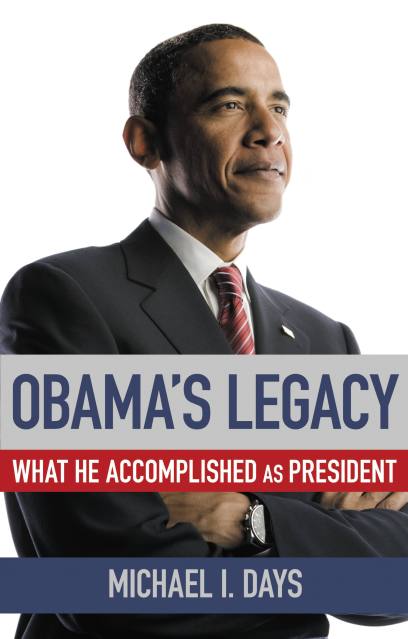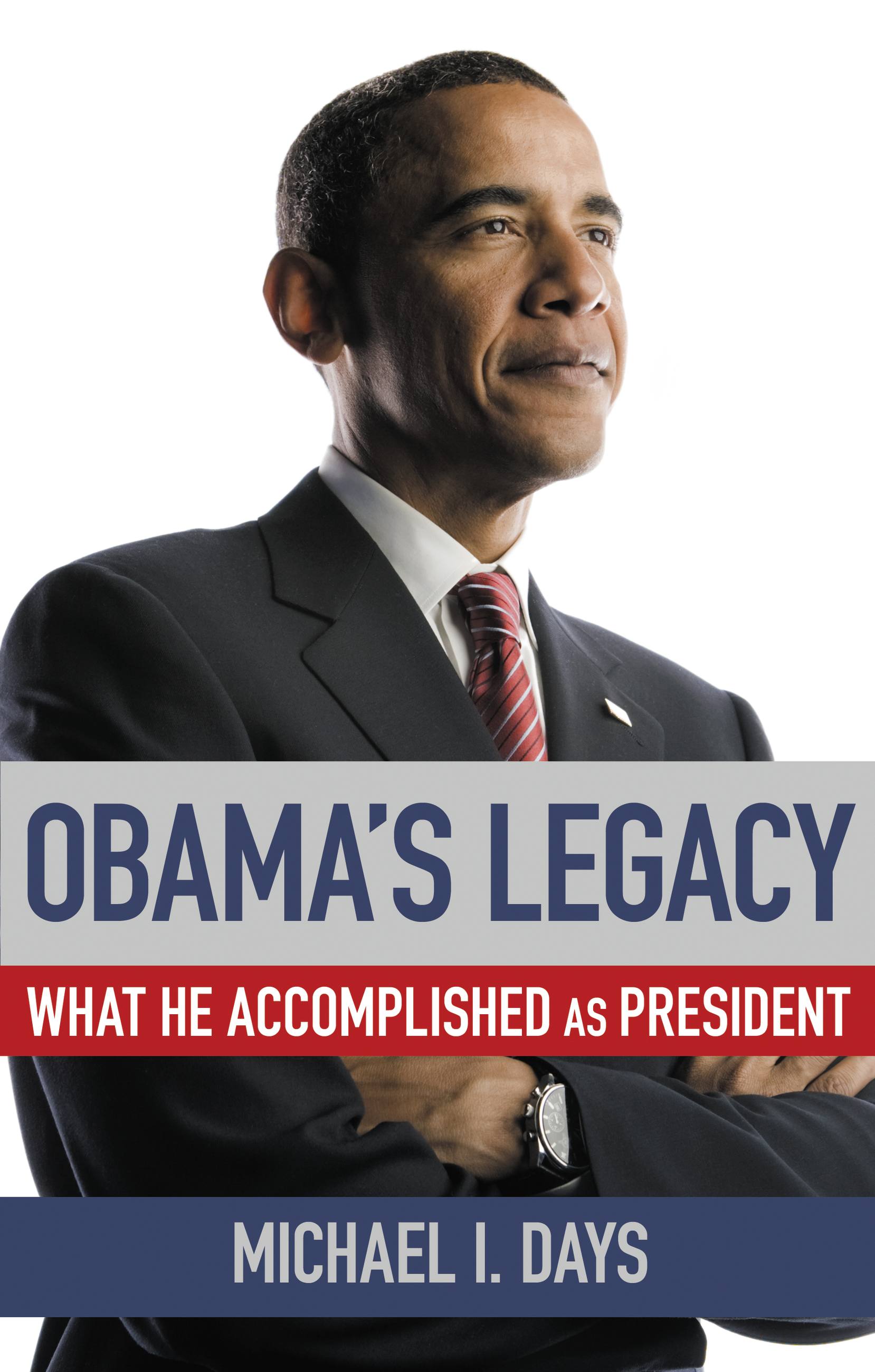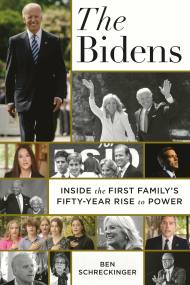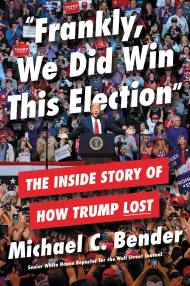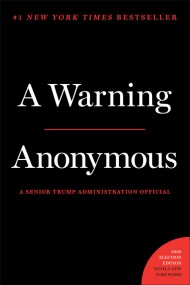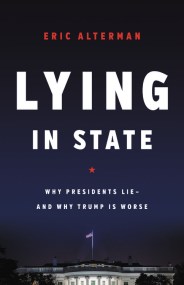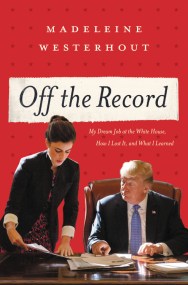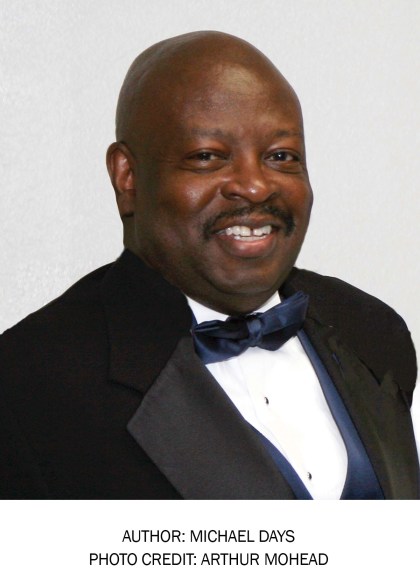Promotion
Use code MOM24 for 20% off site wide + free shipping over $45
Obama's Legacy
What He Accomplished as President
Contributors
Formats and Prices
Price
$10.99Price
$13.99 CADFormat
Format:
- ebook $10.99 $13.99 CAD
- Audiobook Download (Unabridged)
This item is a preorder. Your payment method will be charged immediately, and the product is expected to ship on or around September 13, 2016. This date is subject to change due to shipping delays beyond our control.
Also available from:
Evidence indicates President Barack Obama has been tremendously successful and effective by objective measures. On economic indicators alone, he is credited with the longest streak of job growth in U.S. history, a two-thirds reduction in the federal budget deficit, and the rebounding of the stock market to record highs following the record lows of the recession under his predecessor. His victories have come against a backdrop of criticism and sometimes open defiance from conservatives, lack of cooperation in Congress, and racially tinged commentary in traditional and social media. Through it all, the President who campaigned on a slogan of ‘Yes, We Can!’ has persevered in his determination to make a difference and left an indelible mark on American politics and the world. Legacy is a commemoration of his eight years in the White House.
Genre:
- On Sale
- Sep 13, 2016
- Page Count
- 304 pages
- Publisher
- Center Street
- ISBN-13
- 9781455596614
Newsletter Signup
By clicking ‘Sign Up,’ I acknowledge that I have read and agree to Hachette Book Group’s Privacy Policy and Terms of Use
